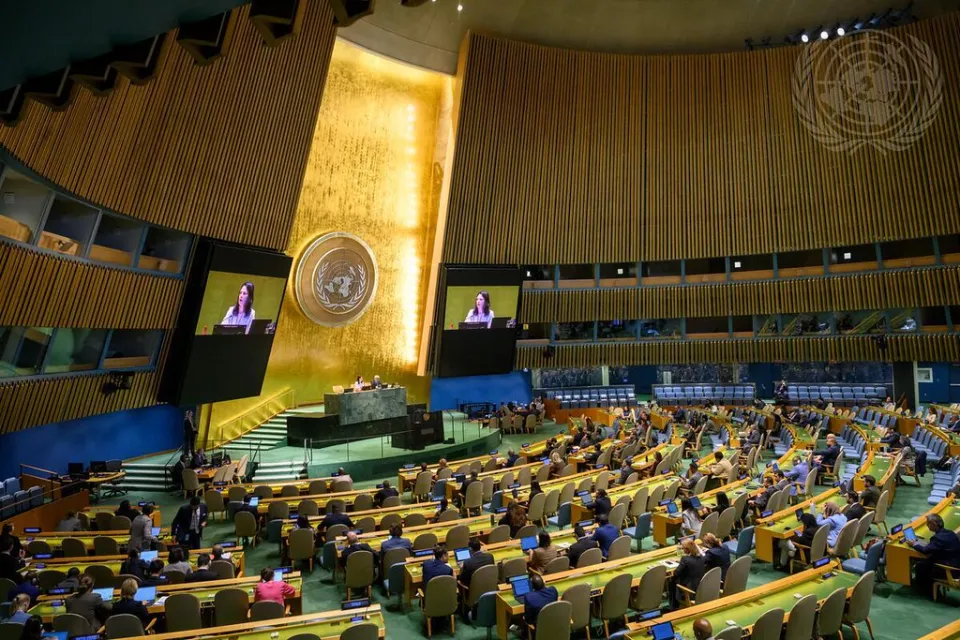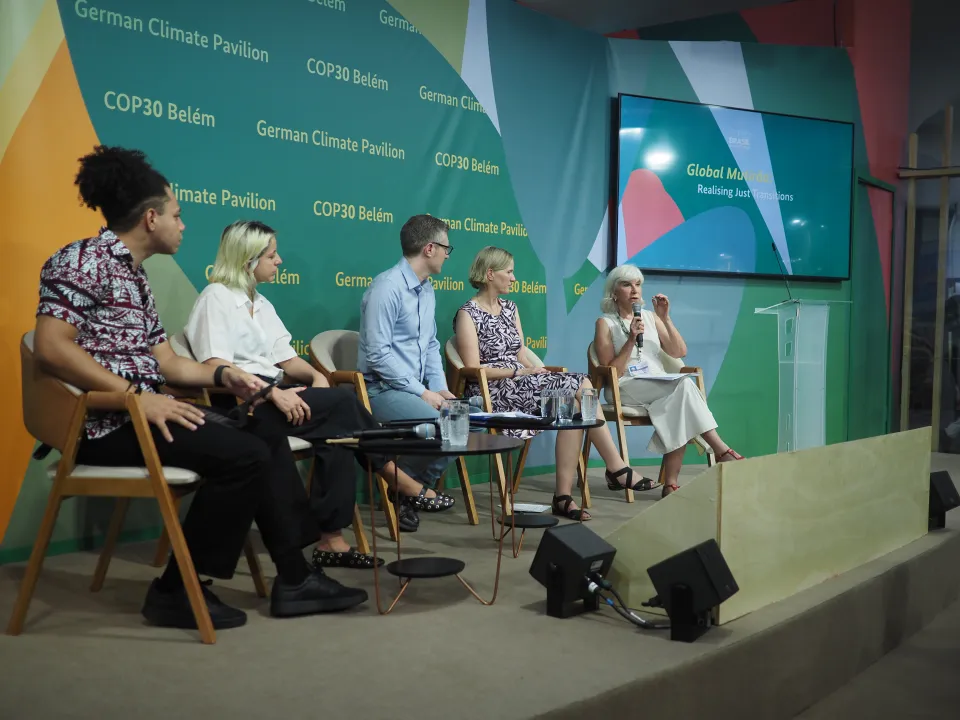Latin America: a pioneer in promoting women’s political participation
Progress and challenges for women politicians in the region
- Important and undeniable progress: Michelle Bachelet becomes President of Chile again on 11 March 2014, the second woman re-elected to that post in Latin America (after Cristina Fernández in Argentina). Polls indicate that Dilma Rousseff could also be re-elected in Brazil. Mexico recently approved a constitutional change requiring strict parity (50%-50%) between men and women on candidate lists, joining Ecuador, Bolivia and Nicaragua. But how fast and to what extent has progress really been made?
- The numbers reveal both progress and significant challenges: By late 2013, an average of 25% of cabinet ministers in the region were women, but there were significant differences between countries. In Nicaragua, Peru, Bolivia and Colombia, women held more than 30% of cabinet posts. In Chile, Brazil, Costa Rica, Ecuador, Guatemala, Honduras, Panama, Paraguay and Venezuela they held between 20% and 30%. While in Argentina, Mexico, the Dominican Republic, Uruguay and El Salvador, they held less than 20%.
In the past five years, the average proportion of women cabinet ministers has held steady at 20% to 25%. Some countries have launched parity initiatives, but as they were not legally binding, they have not been maintained. Colombia is still the only county with a legal quota (30%) for women in public administration. Is it time to debate and promote the implementation of such measures in the executive branch of government, too?
In Latin American parliaments, women hold an average of 22.8% of seats in the lower house and 24.7% in the upper house. In five countries (Argentina, Costa Rica, Ecuador, Mexico and Nicaragua), women hold more than 35% of seats in the lower house, but in Brazil, Colombia, Chile, Guatemala, Honduras, Panama, Paraguay and Uruguay, they hold less than 20%. In Bolivia, Argentina and Mexico, women hold more than 30% of seats in the upper house; but in the remaining Latin American countries, women hold no more than 20% of the Senate seats.
Country Women ministers 2013 Women parliamentarians 2013 Quota/Parity Lower /single house Upper house Argentina 12.5% 30% 36.6% 38.9% Bolivia 35% 50% 25.4% 47.2% Brazil 25.6% 30% (only lower house) 8.6% 16.0% Chile 27.3% No 15.8% 18.4% Colombia 31.3% 30% 12.1% 16.0% Costa Rica 23.8% 50% 38.6% NA Dominican Republic 15% 33% 20.8% 9.4% Ecuador 22.2% 50% 38.7% NA El Salvador 7.7% 30% 26.2% NA Guatemala 21.4% No 13.3% NA Honduras 25% 40% (primaries) 19.5% NA Mexico 15.8% 50% 36.8% 32.8% Nicaragua 57.1% 50% 40.2% NA Panama 25% 50% (primaries) 8.5% NA Paraguay 27.3% 20% (primaries) 17.5% 20.0% Peru 36.8% 30% 21.5% NA Uruguay 15.4% 33% 12.1% 12.9% Venezuela 25% No 17% NA Average 25% N.A 22.8% 24.7% Source: Compiled based on information from Web portals of governments and ministries, data from the Inter-Parliamentary Union as of December 2013, and national legislation.
Although on average there are more women senators and deputies than there were five years ago—when they held 18% and 20% of seats, respectively—the region is still far from parity. The increase is due to the impact of well-designed parity (Costa Rica, Ecuador and Bolivia) or affirmative action measures (Argentina), which have increased not only the number of women candidates, but also the number of women elected. Nicaragua and Mexico, which legislated strict parity after their last elections, have shown significant results. In Nicaragua, the majority party already had voluntary parity. In Mexico, the Electoral Tribunal mandated a minimum of 40% for all lists, eliminating exceptions that were formerly allowed.
- A prior step: equal conditions in elections: In 2014, five countries (Costa Rica, Panama, Colombia, Brazil and Uruguay) will hold presidential and legislative elections. In the legislative elections, Colombia and Uruguay will use a quota system, but it will be both a “debut and farewell,” because they will be in effect just this once. The others already have quotas or parity (Costa Rica and Panama apply them only to party primaries). Panama and Brazil have no sanctions for non-compliance.
- Experience shows that when there is no quota, the election of women is the exception in parliamentary races. Chile reelected a woman president, but in 2013, according to reports by the NGO ACTIVA, only 19.6 of deputy candidates (and only 15.8% of deputies elected) were women. According to the OAS, in the 2011 election in Guatemala, where there is no quota law, only 14.5% of candidates (and 13.3% of those elected) were women.
- Another challenge lies at the local level. Ecuador and Peru will hold regional and/or local elections this year. In the 2009 Ecuadorian elections, 46.1% of candidates for council seats and 11.8% of mayoral candidates were women, with women elected to 28.6% and 6.3% of those positions, respectively. In Peru in 2010, 42.1% of candidates for provincial councils and 6.3% of mayoral candidates were women, with women elected to 23.9% and 4.6% of those posts, respectively. Because parity and the quota in those countries apply only to lists of council candidates, there is a notable predominance of men running for executive positions, to the detriment of women. Will the same hold true in 2014?
For more information, access IDEA’s International Women’s Day newsletter, available on the Institute’s website www.idea.int and/or contact Pilar Tello, p.tello@idea.int



